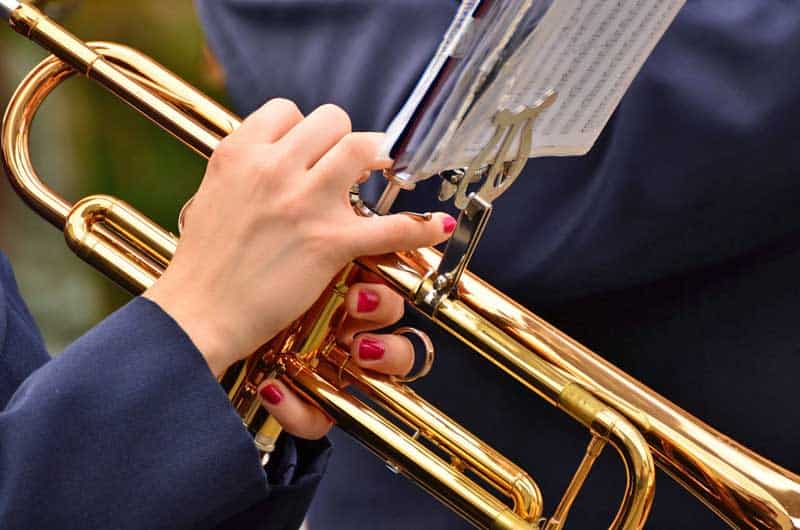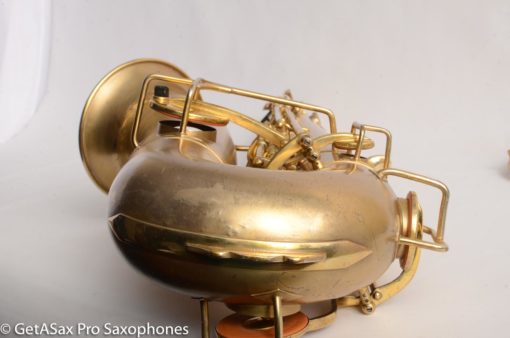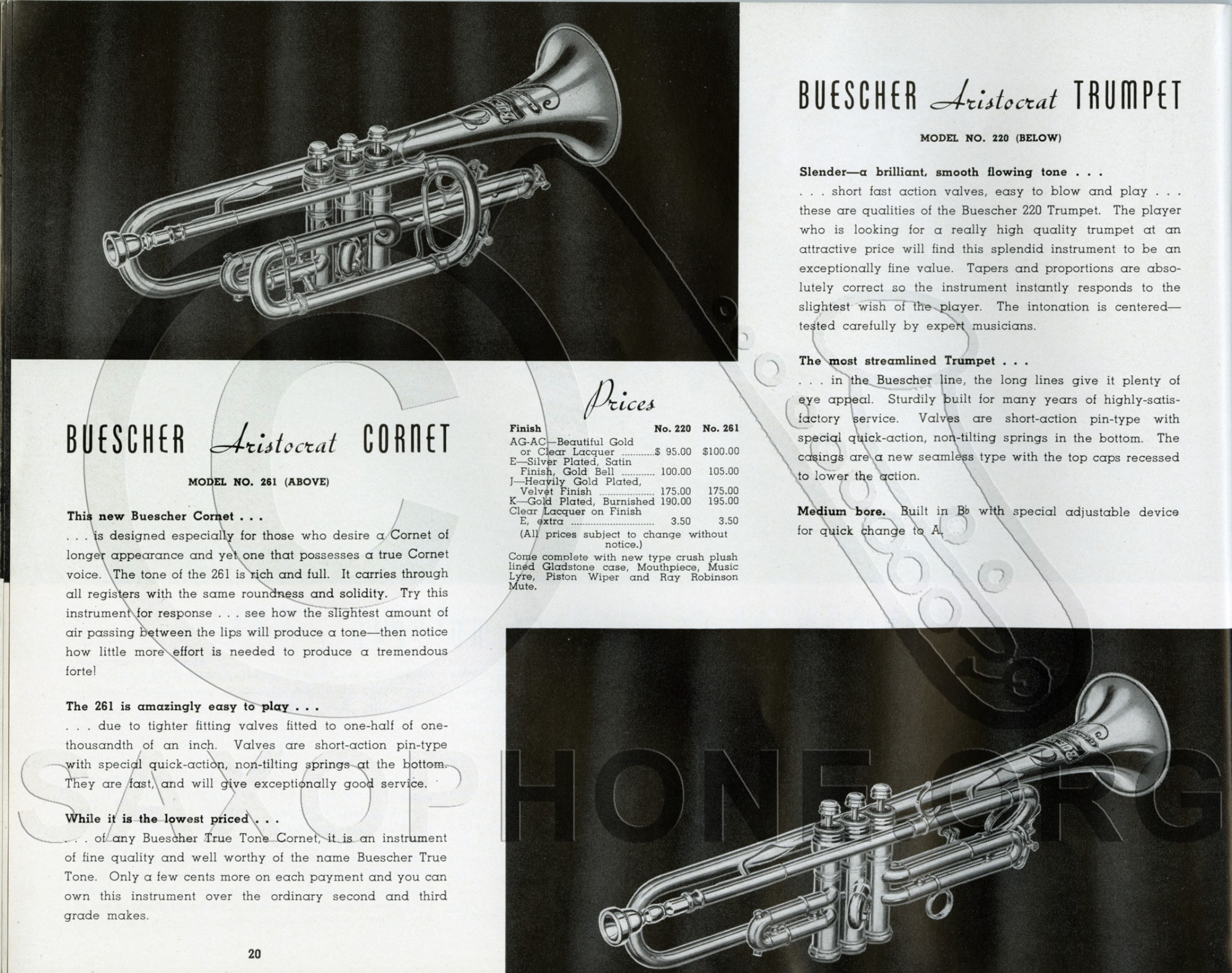
Also notice that there are only 3 side keys where there are usually four in the modern Boehm system Bb Clarinet.įile:CloseupofBell.JPG, This is a close up of the engraved "American Professional" emblem on the bell.
#Buescher true tone trumpet manual professional#
There are also only 2 upper side keys where there are 3 in the modern Bb Clarinet.įile:UpperSection.JPG, This is the upper section of the American Professional Clarinet (Albert system). Note: These pictures may or may not be of a clarinet made by the Buescher Band Instrument Company.įile:FullClarinet.JPG, This is a vintage 14-Key *Buescher "Aristocrat" Bb clarinet (Selmer era) *Buescher True Tone Clarinets (possibly Penzel Mueller stencils)

*Buescher oval logo HR, wooden and metal clarinets in Albert and *Boehm systems
#Buescher true tone trumpet manual serial number#
* Buescher Aristocrat excellent flute serial number 145941. Buescher produced a single French horn in F, with a serial # range including 259090 Gretsch and Supertone were merchandiser-branded "stencils" of the Buescher Saxonette. Unlike woodwind instruments with Reed (instrument), reeds, a flute is an aerophone or reedless wind instrument that produ. The flute is a family of musical instruments in the woodwind group. The Boehm system is a system of keywork for the flute During the 1970s, the market position of the Buescher Aristocrat/Selmer Bundy model declined under competition from After Buescher was sold to Selmer, Selmer allowed the use of the Buescher trademark for products sold under Buescher's established distribution network. The Elkhart line was continued until 1959, followed by Buescher's downgraded Aristocrat line as their offering in the student market. Buescher's presence in the professional saxophone market ended when it was acquired by the H&A Selmer Company in 1963, although a nominal "Buescher 400" model continued to be produced through the mid-1970s.īuescher became the main supplier of student-grade saxophones to the H&A Selmer Company, producing the vast majority of such instruments marketed under Selmer's "Bundy" brand. By the late 1950s, Buescher's production of professional-line saxophones was a small fraction of what it had been at the start of the decade. The Aristocrat and 400 models remained popular with professional players through the early 1950s, until instruments with more modern keywork gained favor and changes to Buescher's product line were coldly received.

Buescher adapted its sound concept to the bigger, bolder sounds favored by dance orchestras and jazz musicians, modifying its Aristocrat model and releasing the 400 "Top Hat & Cane" model in 1940. It is possible he was inspired by one or more figures from the F. Sigurd (Old Norse language, Old Norse: ) or Siegfried (Middle High German: ''Sîvrit'') is a legendary hero of Germanic heroic legend, who killed a dragon and was later murdered. In 1926 Buescher Band Instrument Company was joined with the Buescher was vice-president and general manager of the company until 21 January 1929 when he resigned these positions, remaining on staff as a consultant engineer. Buescher remained president until 1919 when Beardsley assumed that title. In 1916 Buescher sold a major share of his company to six businessmen including Andrew Hubble Beardsley. In 1904 the business was reorganized and renamed the Buescher Band Instrument Company, reflecting its sole focus on producing band instruments.

In 1903 there was a disastrous fire at Buescher's factory. True Tone became the trademark name for band instruments made by the Buescher Manufacturing Company.

Unusual in that the valves were of unequal lengths. The most common cornet is a transposing instrument in B, thoug. The cornet (, ) is a brass instrument similar to the trumpet but distinguished from it by its conical Bore (wind instruments), bore, more compact shape, and mellower tone quality.


 0 kommentar(er)
0 kommentar(er)
